Home>Dining>Table Decor>How To Make Large Floral Arrangements
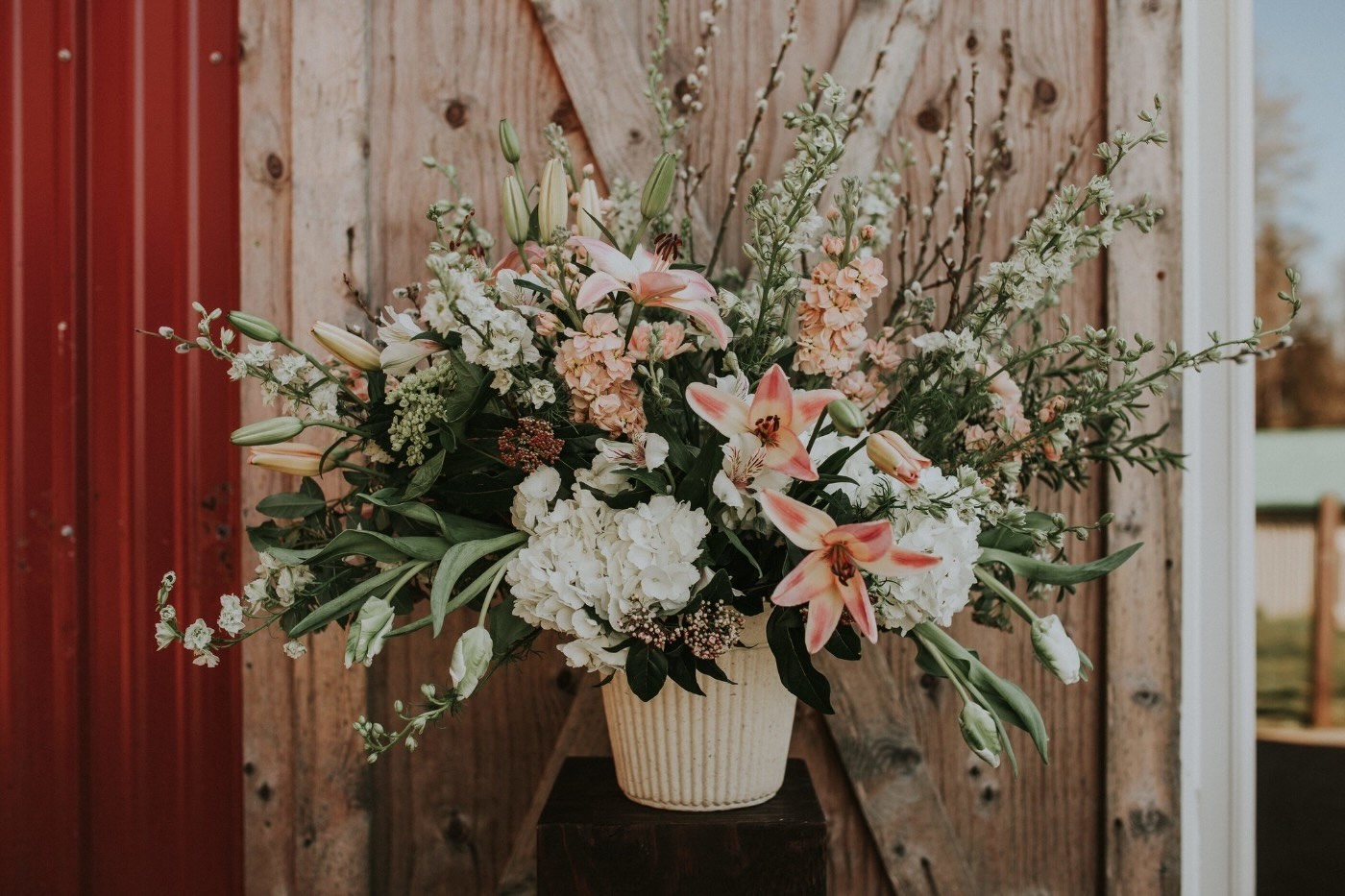

Table Decor
How To Make Large Floral Arrangements
Modified: January 23, 2024
Learn how to create stunning table decor with large floral arrangements. Elevate your event or home with these beautiful centerpiece ideas.
(Many of the links in this article redirect to a specific reviewed product. Your purchase of these products through affiliate links helps to generate commission for Storables.com, at no extra cost. Learn more)
Introduction
When it comes to table decor, large floral arrangements can make a stunning statement. Whether you’re hosting a dinner party, celebrating a special occasion, or simply want to add a touch of elegance to your home, creating a beautiful arrangement can transform any space. From weddings to corporate events, large floral arrangements have become a popular choice to enhance the ambiance and create a memorable experience for guests.
In this article, we will guide you through the process of making large floral arrangements. From choosing the right container to selecting the perfect flowers and creating a sturdy base, we will provide you with all the tips and tricks you need to create a show-stopping centerpiece that will leave everyone in awe.
But before we dive into the details, it’s important to understand the benefits of incorporating large floral arrangements into your table decor. Not only do they add a touch of natural beauty, but they also create a sense of grandeur and sophistication. Large floral arrangements have the power to instantly elevate the ambiance of any space, creating a visually appealing focal point that captivates the attention of your guests.
Moreover, large floral arrangements can be customized to suit any theme or color scheme. Whether you prefer vibrant and bold colors or a more subdued and elegant look, there are countless flower varieties and color combinations to choose from. The versatility of large floral arrangements allows you to seamlessly integrate them into any style of table decor, whether it be modern, rustic, or classic.
So, if you’re ready to take your table decor to the next level, let’s begin our journey into the world of creating stunning large floral arrangements. With a little bit of creativity and some expert guidance, you’ll be able to create a centerpiece that will have everyone talking.
Key Takeaways:
- Elevate your table decor with stunning large floral arrangements that add beauty, elegance, and a touch of nature to any occasion, leaving a lasting impression on your guests.
- Master the art of creating visually stunning large floral arrangements by choosing the right container, selecting the perfect flowers, and adding finishing touches that elevate the beauty and create a polished look.
Choosing the Right Container
When it comes to making large floral arrangements, the container you choose plays a significant role in the overall aesthetic. It serves as the foundation for your arrangement and can enhance or detract from the beauty of the flowers. So, how do you choose the right container?
Firstly, consider the size of your arrangement. Large floral arrangements require containers that are proportionate in size. A container that is too small may crowd the flowers together, making it difficult to achieve a balanced and visually appealing arrangement. On the other hand, a container that is too large may overpower the flowers and diminish their impact.
Next, think about the style and theme of your event or space as you set your table. The container you choose should complement the overall decor and ambiance. For a modern and minimalist look, opt for sleek and streamlined containers made of glass or metal. If you’re aiming for a rustic and natural feel, consider using wooden or ceramic containers. The material and design of the container should harmonize with the rest of the table decor.
Consider the shape of the container as well. The shape can either enhance or detract from the arrangement. Tall, cylindrical containers provide an elegant and sophisticated look, while square or rectangular containers can add a contemporary and geometric touch. Additionally, consider the depth of the container. It should be deep enough to hold the stems securely in place and provide stability for the arrangement.
Lastly, don’t be afraid to think outside the box and get creative with your choice of container. Upcycled items such as vintage teapots, wooden crates, or even decorative vases can add a unique and personalized touch to your arrangement. Just ensure that the container is clean and water-resistant to maintain the longevity of the flowers.
Remember, choosing the right container is not just about functionality, but also about enhancing the visual impact of your large floral arrangement. Take your time to explore different options and envision how they will complement the flowers. With the right container, your arrangement will truly shine and become the centerpiece that steals the show.
Selecting the Perfect Flowers
When it comes to creating a stunning and eye-catching large floral arrangement, selecting the perfect flowers is essential. The flowers you choose will not only contribute to the overall beauty of the arrangement but also set the mood and theme of your table decor. Here are some tips to help you make the right flower choices:
Consider the Season: Take into account the season in which your event or occasion is taking place. Choosing flowers that are in season will not only ensure their availability but also give your arrangement a fresh and natural look. Spring blooms like tulips, daffodils, and cherry blossoms are perfect for a vibrant and colorful arrangement, while rich-hued roses and dahlias are ideal for a fall-themed arrangement.
Think about the Color Palette: Decide on a color scheme that complements the overall theme and ambiance of your event. Consider the colors of the tablecloth, linens, and other decor elements, and select flowers that harmonize with the palette. Bright and bold flowers make a statement, while pastel hues create a soft and romantic look.
Vary the Flower Shapes and Sizes: Mixing different flower shapes and sizes adds visual interest and dimension to your arrangement. Choose flowers with different petal structures, such as roses, peonies, and ranunculus. Combine larger blooms with smaller filler flowers, such as baby’s breath or limonium, to fill in the gaps and add texture.
Consider the Fragrance: The scent of flowers can greatly enhance the atmosphere of your event. Choose blooms with fragrant scents, such as lavender, gardenias, or jasmine, to create a sensory experience for your guests. Just make sure the fragrance is not overpowering and is pleasant to all attendees.
Take into Account the Venue and Occasion: Consider the setting in which your arrangement will be displayed. If it’s an outdoor event, choose flowers that can withstand the elements, such as sturdy roses or sunflowers. For more formal occasions, elegant blooms like orchids or lilies are a great choice.
Don’t Forget about Greenery: Greenery plays a vital role in providing structure and filling out your floral arrangement. Incorporate different types of foliage, such as eucalyptus, ferns, or ivy, to add depth and texture. Greenery acts as a backdrop and enhances the beauty of the flowers.
By considering these factors and selecting the perfect flowers for your large floral arrangement, you can create a visually stunning centerpiece that captivates the attention of your guests and sets the tone for a memorable event. Remember to experiment, trust your instincts, and let your creativity shine through in your flower choices.
Preparing the Flowers and Foliage
Once you have selected the perfect flowers and foliage for your large floral arrangement, it’s important to properly prepare them to ensure their longevity and enhance their beauty. Here are some essential steps to follow:
Trim the Stems: Start by trimming the stems of your flowers at an angle. Use clean and sharp floral shears to make a clean cut. Cutting the stems at an angle increases the surface area for water absorption, allowing the flowers to stay fresh for a longer period of time.
Remove Extra Foliage: Remove any excess leaves or foliage that will be below the water level in the container. These leaves can decay and cause bacteria growth, which can shorten the vase life of the flowers. Keep only the foliage that will be above the water level to maintain a clean and visually appealing arrangement.
Hydrate the Stems: Before placing the flowers in the arrangement, hydrate the stems by placing them in a bucket or container filled with fresh water. Allow the flowers to drink water for at least an hour or two. This step helps revive the flowers and ensures they stay hydrated throughout the arrangement process.
Condition the Flowers: Some flowers may benefit from conditioning before being placed in the arrangement. Conditioning involves immersing the flowers in warm water up to their necks and allowing them to rest for a few hours. This process helps the flowers fully open and ensures their longevity.
Remove Thorns or Prickly Stems: If you’re using flowers with thorns, such as roses, it’s important to remove them before arranging. Gently grasp the stem with a towel or wear protective gloves and use a sharp knife or thorn stripper to remove the thorns. This makes handling the flowers easier and safer.
Give Foliage a Refreshing Spray: If the foliage appears dull or wilted, give it a refreshing spritz of water. Lightly mist the leaves with water using a spray bottle to rejuvenate them and enhance their visual appeal.
Remember, proper preparation of the flowers and foliage is crucial for the success of your large floral arrangement. By following these steps, you ensure that your flowers are in prime condition, ready to be showcased in a stunning centerpiece that will impress everyone.
Creating a Sturdy Base
Creating a sturdy base is essential for ensuring the stability and longevity of your large floral arrangement. A strong and secure base will support the weight of the flowers and keep them in place, preventing them from toppling over or shifting. Here are some steps to help you create a sturdy base for your arrangement:
Choose the Right Floral Foam: Floral foam, also known as oasis foam, is a widely used and effective material for creating a solid base. It provides support for the stems and helps to retain water, keeping the flowers hydrated. Select a high-quality floral foam that is designed for fresh flowers and soak it in water until it is fully saturated.
Secure the Floral Foam: Place the soaked floral foam at the bottom of your container, ensuring that it fits snugly and covers the entire bottom surface. If needed, trim the foam to fit the container properly. You can also use floral adhesive or waterproof tape to secure the foam in place and prevent it from shifting.
Create a Grid: To establish a structured base, create a grid using floral tape or waterproof floral adhesive. Crisscross the tape or adhesive strips across the top of the floral foam, forming a grid pattern. This grid will act as a guide for placing and securing the stems, allowing for better organization and stability.
Add Water Tubes: For delicate or woody stems that have a tendency to dry out quickly, consider using water tubes. These small, plastic tubes filled with water can be inserted into the floral foam, providing continuous hydration to specific stems. This is particularly useful for flowers such as roses, where a direct water source can help prolong their freshness.
Anchor the Base: To ensure the stability of your arrangement, anchor the base by adding weight or using a container with a heavy base. You can fill the bottom of the container with decorative stones, pebbles, or marbles to add weight and prevent the arrangement from tipping over.
Consider Using Chicken Wire: Another alternative to floral foam is using chicken wire as a base. Simply cut a piece of chicken wire to fit the container and shape it into a ball, securing it in place. The wire provides a solid structure for inserting and securing the stems, allowing for flexibility and additional stability.
By following these steps, you’ll create a sturdy base that provides the necessary support and stability for your large floral arrangement. This ensures that your flowers stay upright and secure, allowing them to shine and be admired by all who see them.
Read more: How To Make Memorial Floral Arrangements
Assembling the Arrangement
Now that you have prepared the flowers and created a sturdy base, it’s time to assemble your large floral arrangement. This is where your creativity comes into play as you arrange the flowers and foliage to create a visually stunning centerpiece. Follow these steps to ensure a well-balanced and visually appealing arrangement:
Start with the Focal Flowers: Begin by placing your focal flowers in the floral foam. These are the larger blooms that will capture the attention and serve as the centerpiece of your arrangement. Position them evenly around the container, making sure they are at varying heights to add depth and dimension.
Work with Odd Numbers: When arranging your flowers, it is best to work with odd numbers. Odd numbers create a more natural and visually pleasing composition. Group flowers in threes or fives and distribute them evenly throughout the arrangement.
Layer the Flowers: Layer the different flowers and foliage, placing taller blooms towards the back and shorter ones towards the front. This creates a sense of depth and allows each flower to be seen and appreciated. Use the grid pattern created with the floral tape as your guide and insert the stems securely into the floral foam.
Consider Balance and Proportion: As you assemble the arrangement, pay attention to balance and proportion. Ensure that the size and placement of the flowers are well-distributed throughout the arrangement. Avoid having one side of the arrangement look heavier or overcrowded compared to the other.
Add Filler Flowers and Greenery: Once your focal flowers are in place, fill in any gaps with filler flowers and greenery. These smaller blooms and foliage help to add texture, volume, and color to the arrangement. Insert them strategically to create a lush and balanced look.
Step Back and Assess: Periodically step back and assess your arrangement from different angles. Make any necessary adjustments to ensure that the flowers are evenly spaced and the arrangement looks visually appealing from all sides. Don’t be afraid to rearrange and tweak the position of certain stems if needed.
Trim Excess Stems: After arranging, check for any excess stems that might be protruding too far or causing overcrowding. Trim them gently with floral shears to maintain a neat and polished appearance.
Refresh the Water: Once your arrangement is complete, fill the water tubes (if used) and add fresh water to the container. This will provide continuous hydration to the flowers and help them maintain their freshness for as long as possible.
Remember, arranging flowers is an art form, and it may take some practice to achieve the desired look. Don’t be afraid to experiment with different placements and combinations of flowers until you achieve the desired effect. With time and experience, you will develop your own unique style and become a master at creating stunning large floral arrangements.
When making large floral arrangements, start with a sturdy base like floral foam or a large vase to support the weight of the flowers. This will help create a balanced and visually appealing arrangement.
Adding Focal Points
Now that you have assembled the base of your large floral arrangement, it’s time to elevate the visual impact by adding focal points. Focal points are elements that capture attention and draw the eye to specific areas of the arrangement, adding interest and depth. Here are some creative ways to incorporate focal points into your arrangement:
Large Blooms: Integrate large and eye-catching blooms as focal points. These can be flowers like peonies, sunflowers, or hydrangeas. Place them strategically within the arrangement to create a visually striking effect. Consider using them at different heights to add dimension.
Unique Flower Varieties: Include uncommon or exotic flower varieties to create focal points that stand out. These unique blooms can add an element of surprise and intrigue to your arrangement. Orchids, proteas, or bird of paradise flowers are excellent options for adding a touch of exotic beauty.
Color Contrasts: Introduce focal points by incorporating flowers in contrasting colors. For example, if your arrangement predominantly features soft pastel tones, add a few vibrant and bold flowers to create a focal point with a pop of color. This contrast will immediately draw the eye and add visual interest to the arrangement.
Texture and Shape: Use flowers with interesting textures and unique shapes as focal points. Flowers like roses, carnations, or daisies can provide visual interest due to their intricate petal patterns. Additionally, flowers with distinctive shapes such as calla lilies or proteas can serve as captivating focal points.
Statement Containers: Go beyond the flowers themselves and use statement containers as focal points. Opt for unique, ornate, or unexpected containers that stand out and complement the arrangement. This can be a vintage teapot, a decorative vase, or a sculptural bowl. The container becomes an integral part of the focal point and adds an extra layer of visual interest.
Height Variations: Consider adding focal points by varying the height of certain elements within the arrangement. This can be achieved by using taller flower stems or incorporating branches or twigs that extend above the rest of the flowers. The contrasting height levels create focal points that break the visual monotony.
Unique Accents: Enhance your focal points by adding unique accents such as feathers, crystals, or decorative picks. These elements can be tucked into the floral foam or strategically placed among the flowers to draw attention and create focal points that are unexpected and visually captivating.
By incorporating these focal points into your large floral arrangement, you can elevate its visual appeal and create a dynamic and engaging centerpiece. Experiment with different techniques and combinations until you achieve a composition that is visually balanced and truly captures attention.
Filling in the Gaps
Once you have added the focal points to your large floral arrangement, it’s time to focus on filling in the gaps. Filling in the gaps helps create a cohesive and lush look by adding additional flowers, foliage, or decorative elements that bring balance and fullness to the arrangement. Here are some tips for effectively filling in the gaps:
Filler Flowers: Use filler flowers to add volume and texture to the arrangement. Baby’s breath, wax flowers, or limonium are excellent choices for filling in the gaps between the larger blooms. These delicate filler flowers not only add depth to the arrangement but also create a soft and romantic aesthetic.
Greenery: Incorporate different types of greenery to fill in the empty spaces and add a touch of freshness. Ferns, eucalyptus, or ivy can be tucked in between the flowers to provide a natural and lush backdrop. This greenery not only adds dimension but also helps to create a visually balanced arrangement.
Branches or Twigs: Consider using branches or twigs to fill in larger gaps and add height to the arrangement. Curly willow or birch branches can be strategically placed to create a cascading effect or fill any empty spaces along the sides of the arrangement. These additions complement the flowers and create a more organic and natural look.
Decorative Foliage: Incorporate decorative foliage, such as variegated leaves, for an added element of interest. Foliage with unique colors or patterns can fill in gaps and provide visual contrast within the arrangement. Consider using foliage with interesting textures or shapes for an even more striking effect.
Berries or Pods: If you want to add a touch of whimsy or an autumnal feel to your arrangement, consider using berries, pods, or dried elements. These accents not only fill in gaps but also add visual interest and a unique texture to the arrangement. Examples include hypericum berries, dried lotus pods, or wheat stalks.
Decorative Accents: Enhance your arrangement by incorporating decorative accents such as ribbons, feathers, or decorative picks. These accents can be strategically inserted into the arrangement to fill in gaps and add a touch of visual intrigue. Ensure that the accents complement the overall theme and style of the arrangement.
Step Back and Assess: Periodically step back and assess your arrangement to identify any remaining gaps or areas that need filling. View the arrangement from different angles to ensure that all sides are balanced and visually pleasing. Make any necessary adjustments by adding additional flowers, foliage, or decorative elements as needed.
By carefully filling in the gaps in your large floral arrangement, you can achieve a full and lush look that is visually pleasing from all angles. Each addition contributes to the overall aesthetic by creating a sense of harmony and balance within the arrangement.
Balancing Colors and Textures
When creating a large floral arrangement, achieving a harmonious balance of colors and textures is key to creating a visually appealing centerpiece. The combination of different hues and textures can enhance the overall aesthetic and create a sense of cohesion. Here are some tips to help you balance colors and textures effectively:
Consider a Color Palette: Start by selecting a color palette that sets the tone for your arrangement. Choose colors that complement each other and fit the desired theme or mood. You can opt for a monochromatic arrangement using different shades of a single color, or combine complementary colors for a bold and vibrant look.
Create Contrast: Balancing colors doesn’t mean using only one shade. Incorporate contrast by adding flowers in different colors or varying shades of the same color. This contrast adds visual interest and helps each individual flower stand out, creating a dynamic and eye-catching arrangement.
Use Color Wheel Principles: Consider using color wheel principles to guide your color choices. Complementary colors, such as red and green or yellow and purple, create a striking contrast. Analogous colors, such as shades of blue or pink, create a harmonious and soothing effect. Experiment with different combinations to find what works best for your arrangement.
Combine Textures and Shapes: Mixing different textures and shapes of flowers and foliage adds depth and dimension to your arrangement. Pair velvety petals with airy and delicate blooms, or combine smooth petals with spiky or feathery foliage. The contrast in textures creates visual interest and enhances the overall visual appeal.
Use Foliage Wisely: Don’t overlook the importance of foliage in balancing colors and textures. Choose foliage with different shades of green or variegated patterns to add depth and a pop of color. Mix different types of leaves, such as broad leaves and fern-like foliage, to create contrast and generate visual interest.
Consider the Flower Proportions: Pay attention to the size and proportion of the flowers you use. Larger blooms can serve as focal points, while smaller flowers and filler blooms can be scattered throughout the arrangement to provide balance. Distribute the flowers evenly, making sure they are visually pleasing from all angles.
Step Back and Assess: Regularly step back and assess your arrangement to evaluate color balance and texture distribution. Look at it from different angles and consider how the colors and textures work together. Make any necessary adjustments by adding or rearranging flowers to achieve a harmonious balance.
Remember, achieving a balanced combination of colors and textures is essential for creating a visually stunning large floral arrangement. Experiment, trust your instincts, and have fun with different color and texture combinations to create a centerpiece that truly captivates and delights.
Read more: How To Make Pumpkin Floral Arrangements
Adding Finishing Touches
Once you have created a stunning large floral arrangement, it’s time to add the finishing touches that elevate its beauty and make it truly exceptional. These small details can enhance the overall presentation and create a polished and cohesive look. Here are some ideas for adding those final flourishes:
Ribbon or Bow: Tie a beautiful ribbon or bow around the base of the arrangement to add an elegant and polished touch. Choose a ribbon that complements the color scheme and style of the arrangement. You can opt for a classic satin ribbon, a rustic burlap bow, or a delicate lace ribbon, depending on the desired aesthetic.
Sparkling Accents: Enhance the arrangement with sparkling accents such as small crystals or faux diamonds. These can be tucked into the flowers or scattered among the foliage to give a touch of glamour and elegance. The light-catching properties of these accents can add a luxurious and dazzling effect to your arrangement.
Scented Elements: Consider adding scented elements such as dried lavender, rose petals, or potpourri to infuse the arrangement with a subtle and delightful fragrance. These scented accents not only add a sensory element but also create a memorable and immersive experience for your guests.
Decorative Vase Wrap: If your arrangement is placed in a clear glass vase, consider wrapping the vase with decorative fabric or paper to add a pop of color or texture. Choose a wrap that complements the flowers and overall theme of the arrangement. This simple addition can transform the look of the entire arrangement and tie it into the rest of your table decor.
Candles or Fairy Lights: Incorporate soft lighting by placing small candles or battery-operated fairy lights around the base of the arrangement. The warm glow of the candles or twinkling lights can add a romantic and ethereal atmosphere. Just ensure proper safety precautions when using candles.
Table Scatter: Sprinkle some table scatter or decorative elements around the base of the arrangement to provide an extra touch of visual appeal. This can include decorative stones, petals, glitter, or confetti, depending on the theme and style of your event. The table scatter adds depth and can tie in with other decorative elements on the table.
Personalized Detail: Add a personalized touch by incorporating a small item or memento that has special significance to you or the occasion. This could be a sentimental charm, a small framed photo, or a meaningful trinket. This personal detail adds a unique and heartfelt element to your arrangement.
Remember, the finishing touches are like the cherry on top of the cake – they enhance the overall beauty and create a memorable impact. Be creative, pay attention to the details, and add those special touches that truly make your large floral arrangement stand out and captivate the hearts of your guests.
Conclusion
Creating a large floral arrangement for your table decor is a wonderful way to add beauty, elegance, and a touch of nature to any occasion. From dinner parties to weddings, these show-stopping centerpieces have the power to transform any space and leave a lasting impression on your guests.
Throughout this article, we have taken you through the steps of making a stunning large floral arrangement. We started by helping you choose the right container that complements your style and theme. Then, we guided you in selecting the perfect flowers and preparing them for arranging. We emphasized the importance of creating a sturdy base and provided tips for assembling the arrangement in a visually pleasing way.
We discussed the significance of adding focal points, filling in the gaps, and balancing colors and textures. These aspects contribute to a well-rounded and visually appealing arrangement. Lastly, we explored the importance of adding finishing touches to elevate the beauty and create a polished look.
Remember, creating a large floral arrangement is not just about aesthetics; it’s about crafting an experience for your guests. The colors, scents, and textures all contribute to the ambiance and set the tone for the occasion. So take your time, experiment, and trust your creativity to create arrangements that reflect your personal style and enhance your table decor.
With each arrangement you make, you will develop your own unique style and techniques. You’ll learn what works best for different occasions and venues. The more you practice, the more confident you will become in creating large floral arrangements that are visually stunning and captivating.
So, whether you’re hosting a lavish party or simply want to bring a touch of beauty to your home, embrace the art of creating large floral arrangements. Let your imagination run wild and enjoy the process of creating something truly remarkable. Your guests will be mesmerized by your talent, and your table decor will become a topic of conversation for years to come.
Frequently Asked Questions about How To Make Large Floral Arrangements
Was this page helpful?
At Storables.com, we guarantee accurate and reliable information. Our content, validated by Expert Board Contributors, is crafted following stringent Editorial Policies. We're committed to providing you with well-researched, expert-backed insights for all your informational needs.
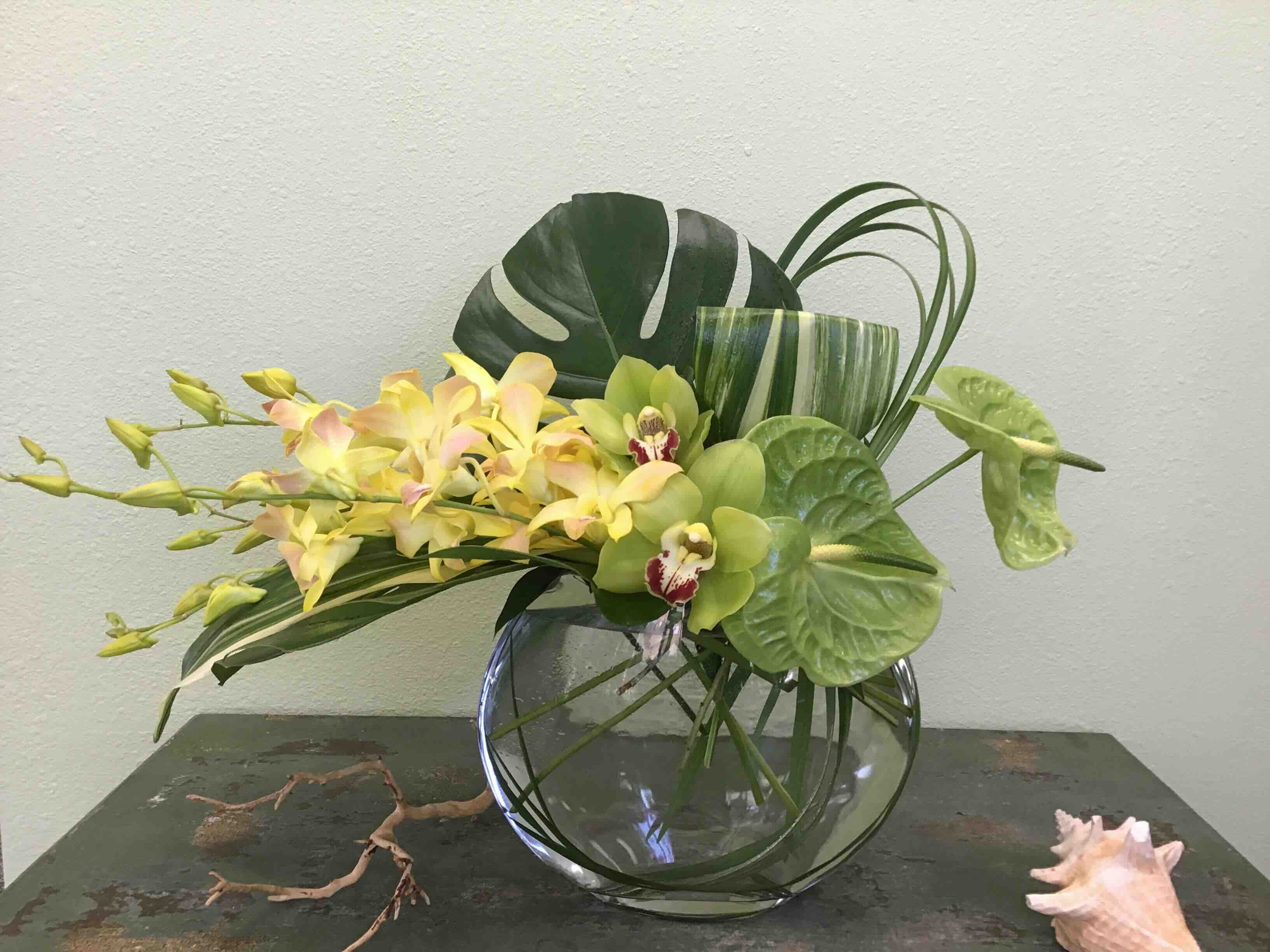
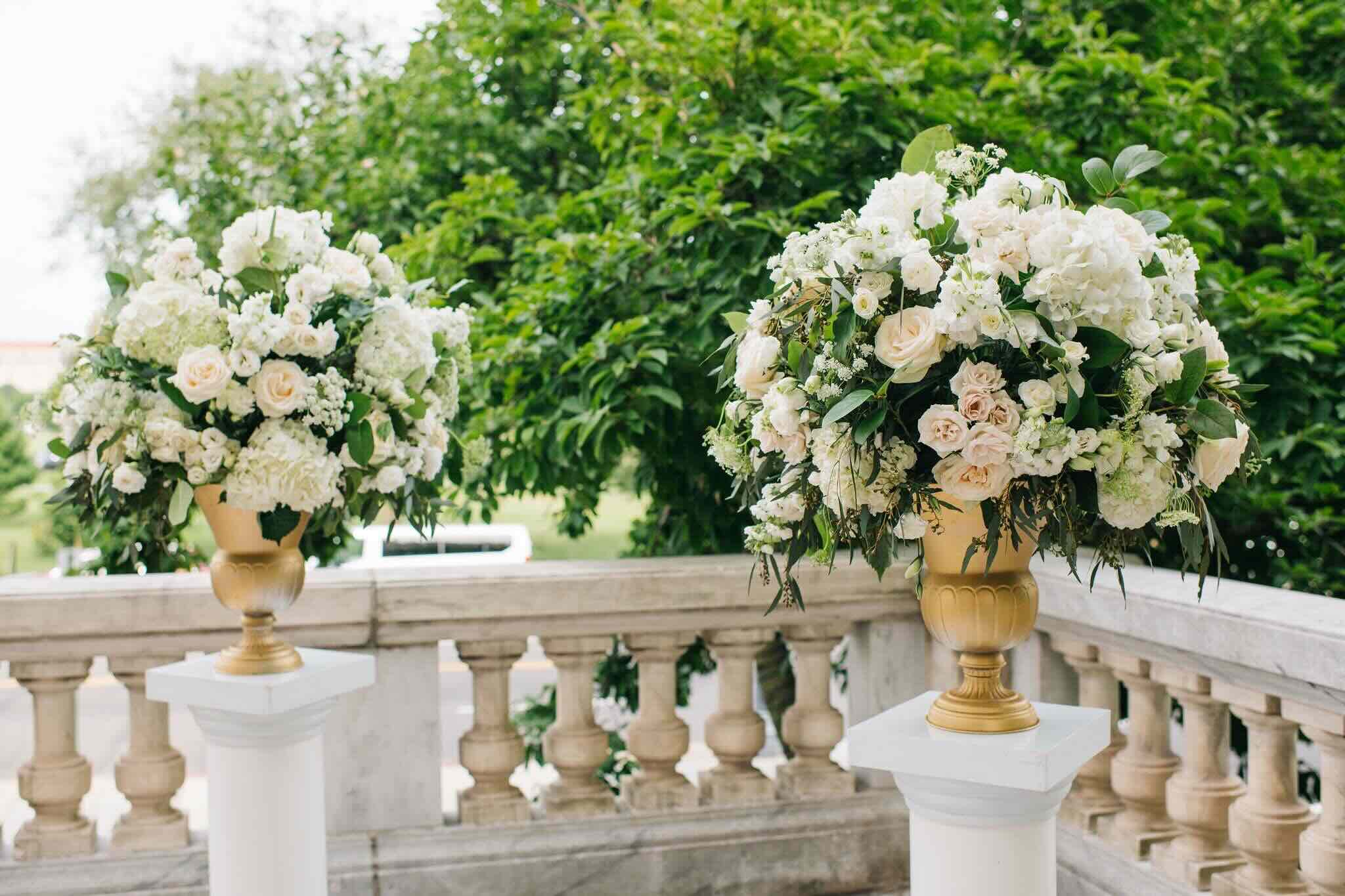
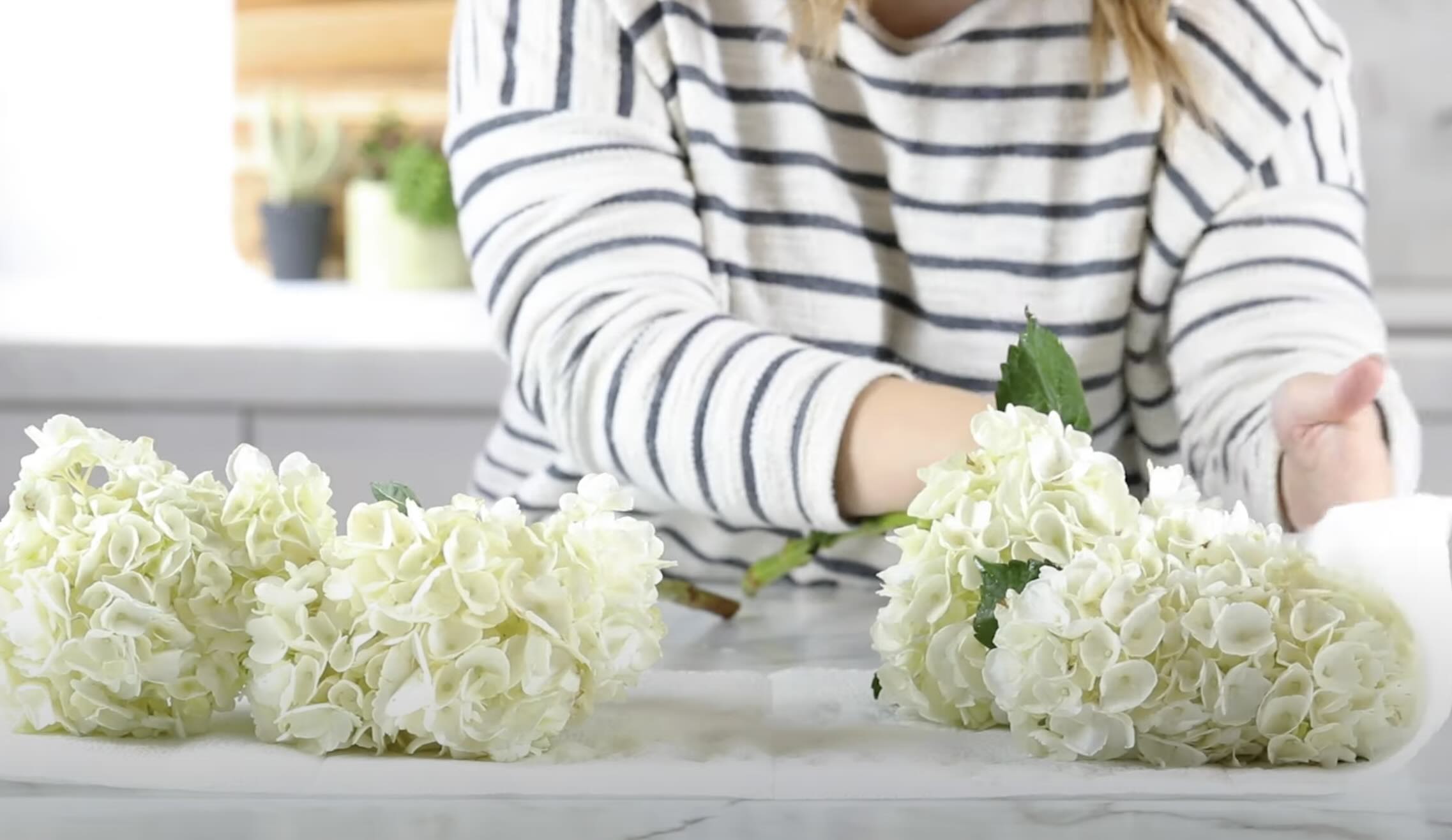
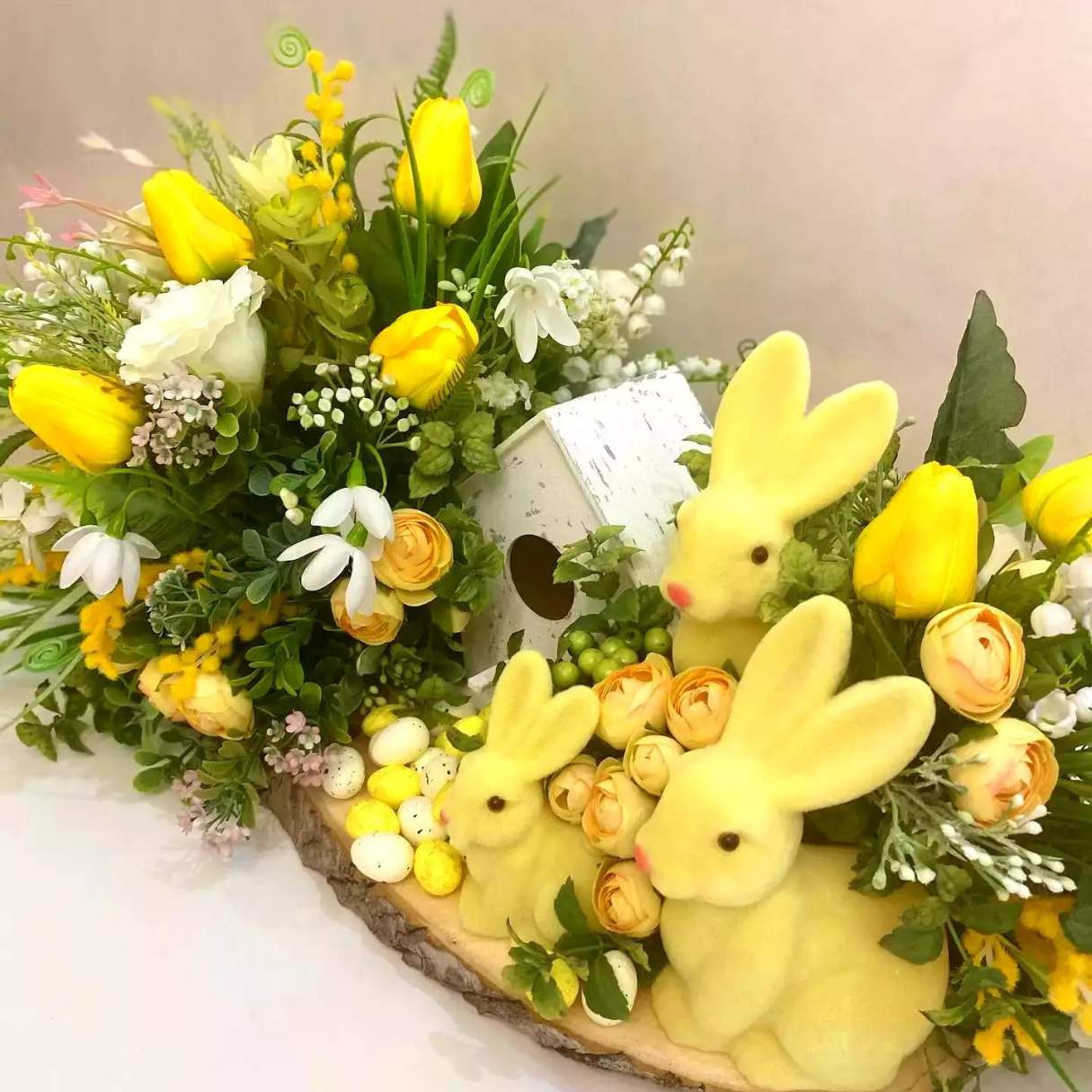
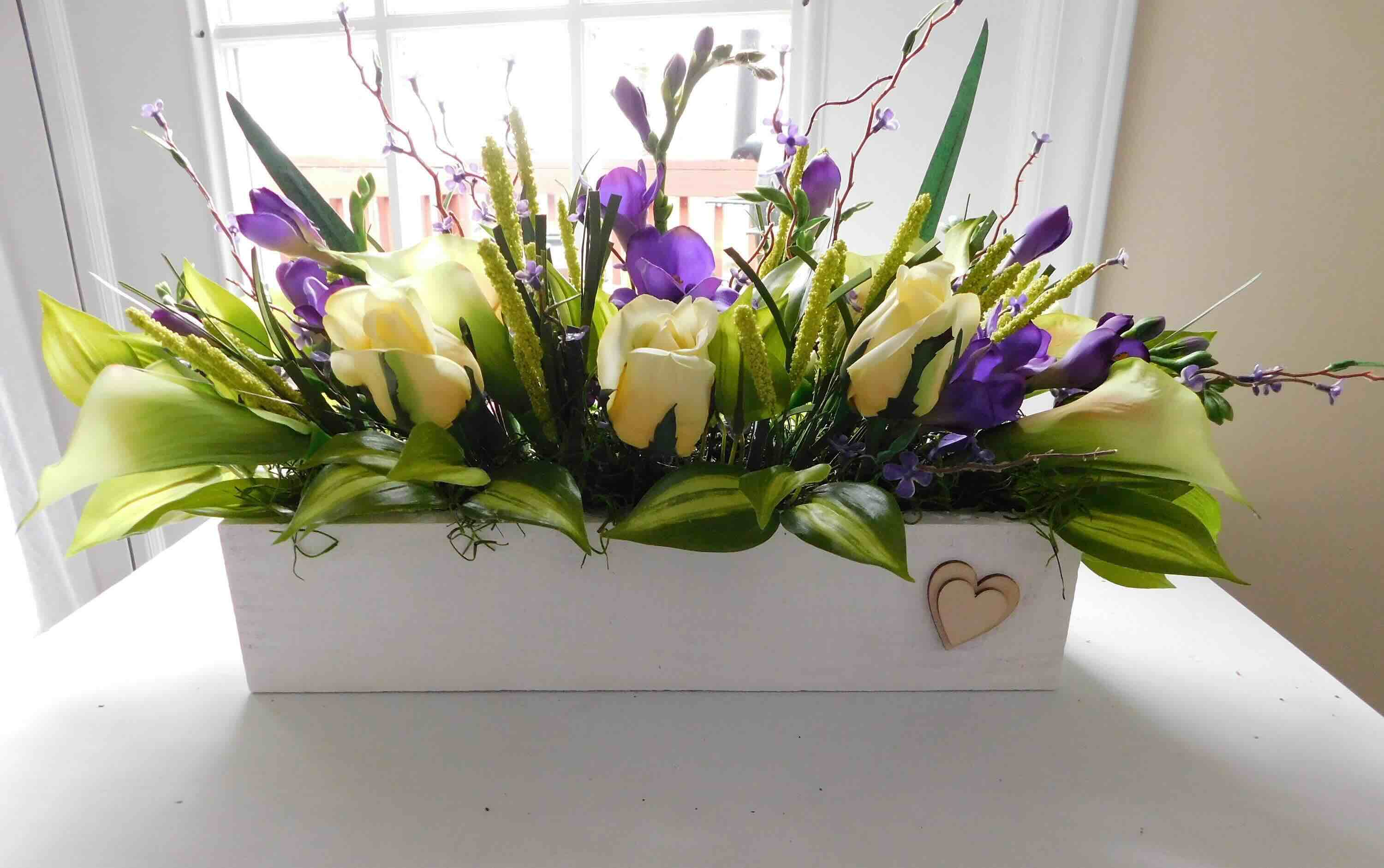
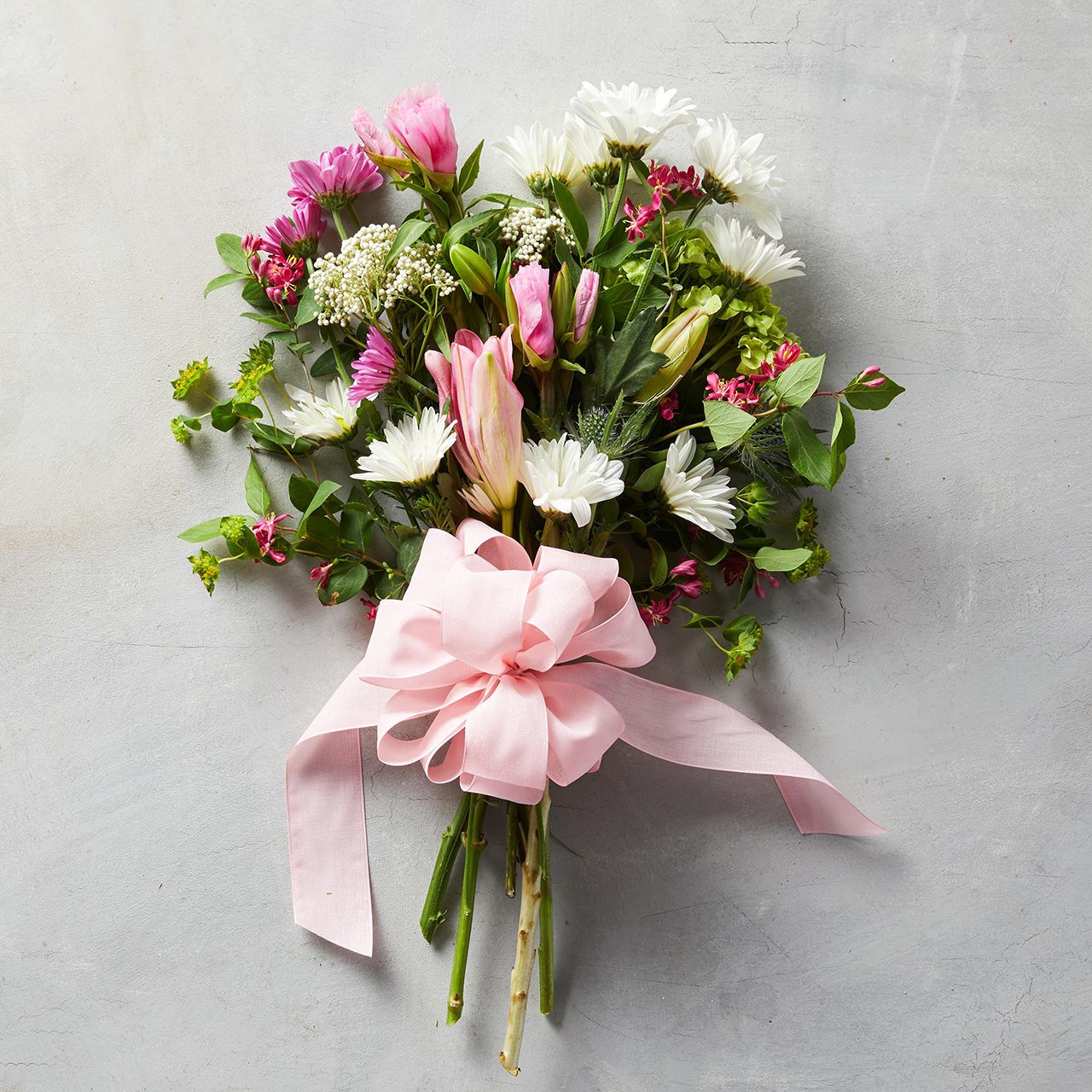
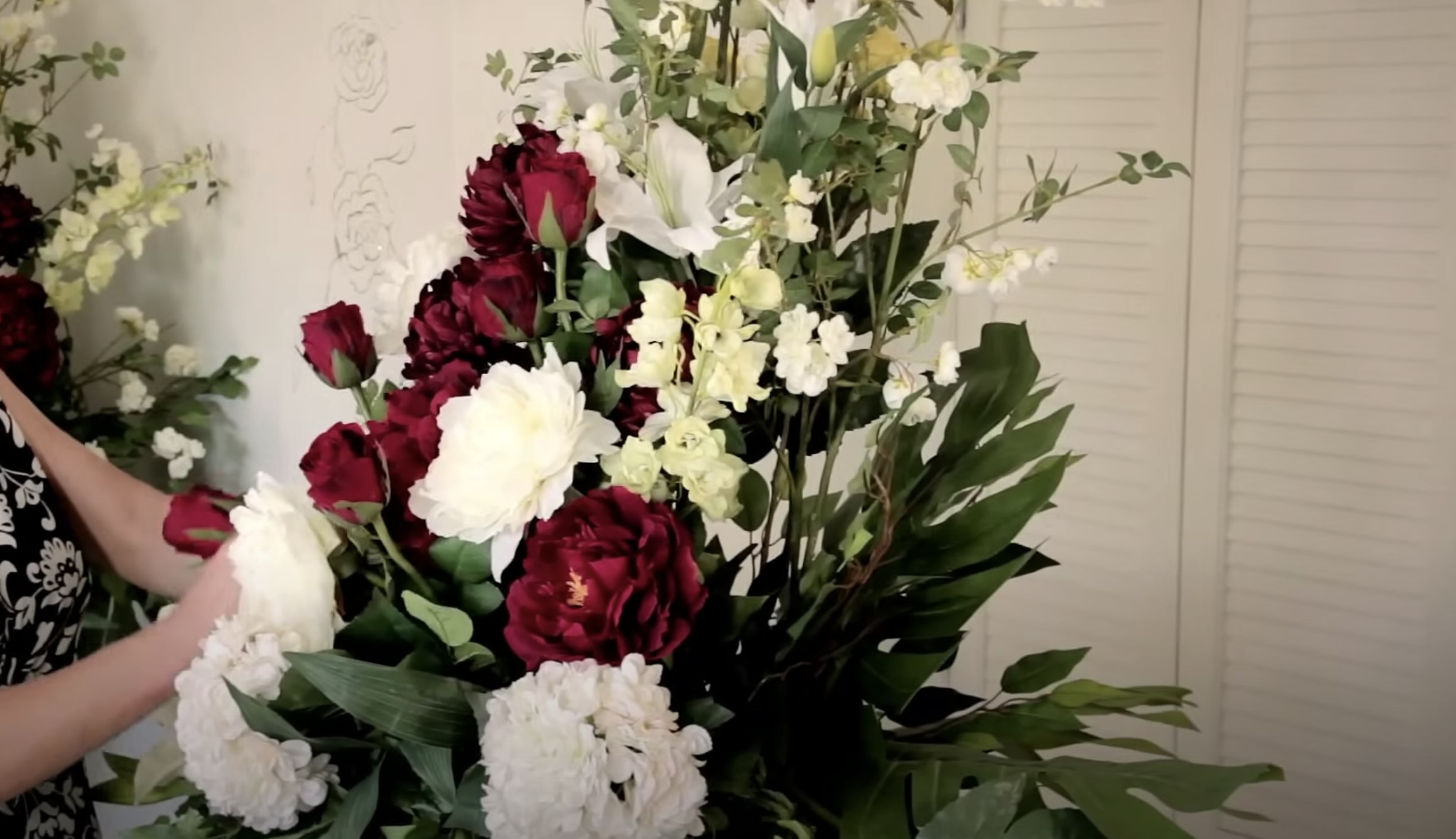
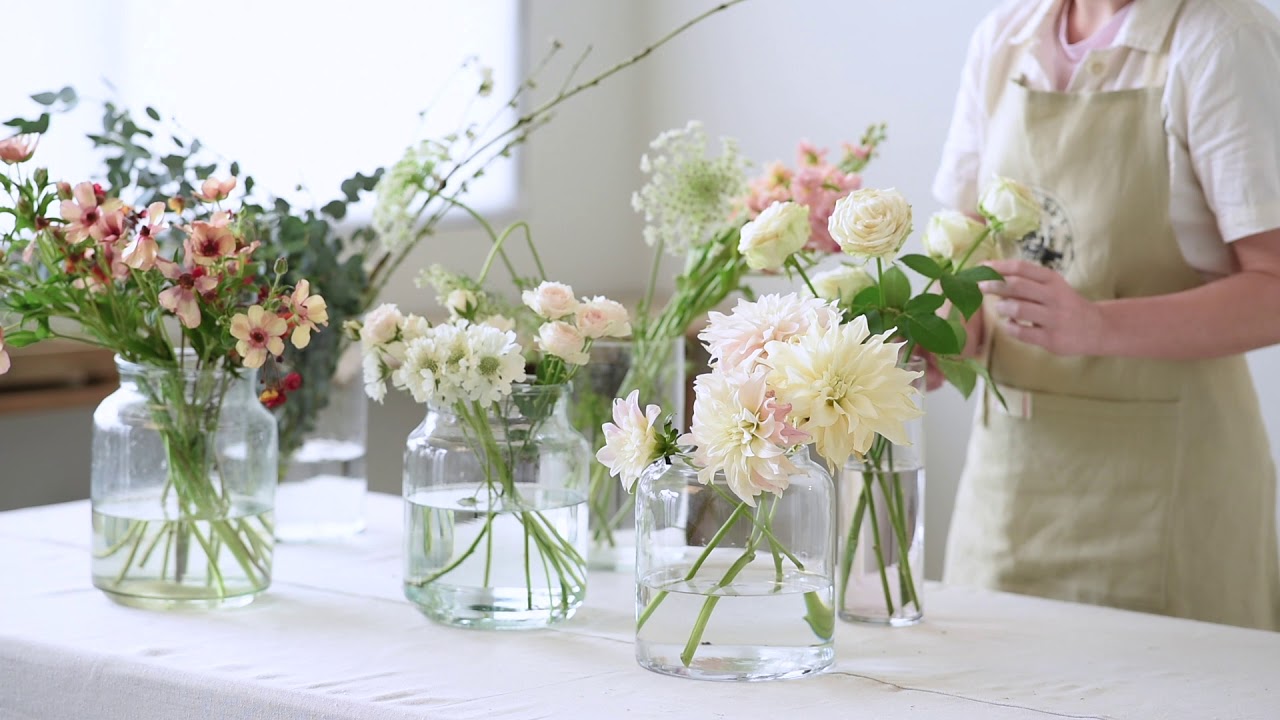
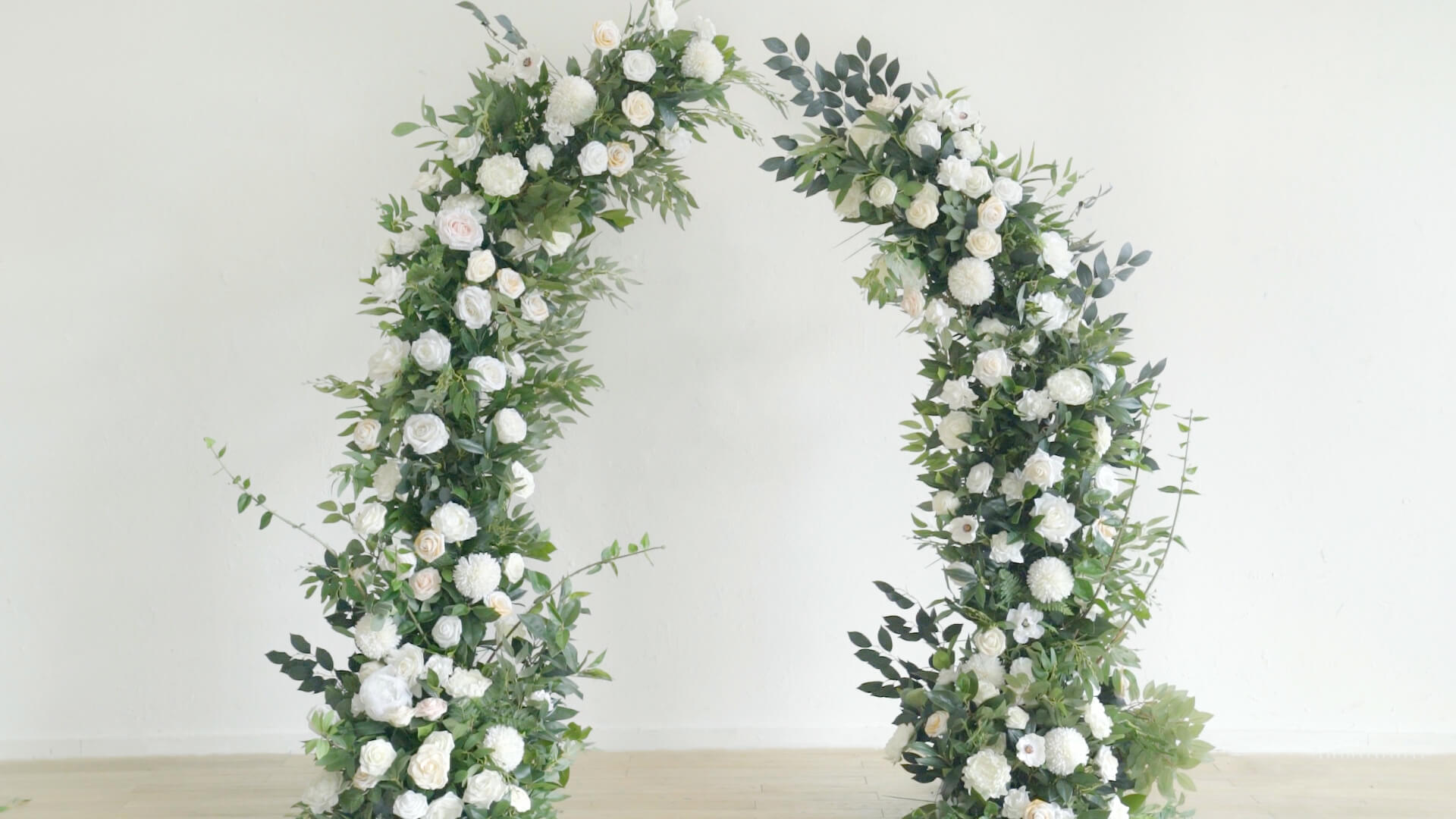
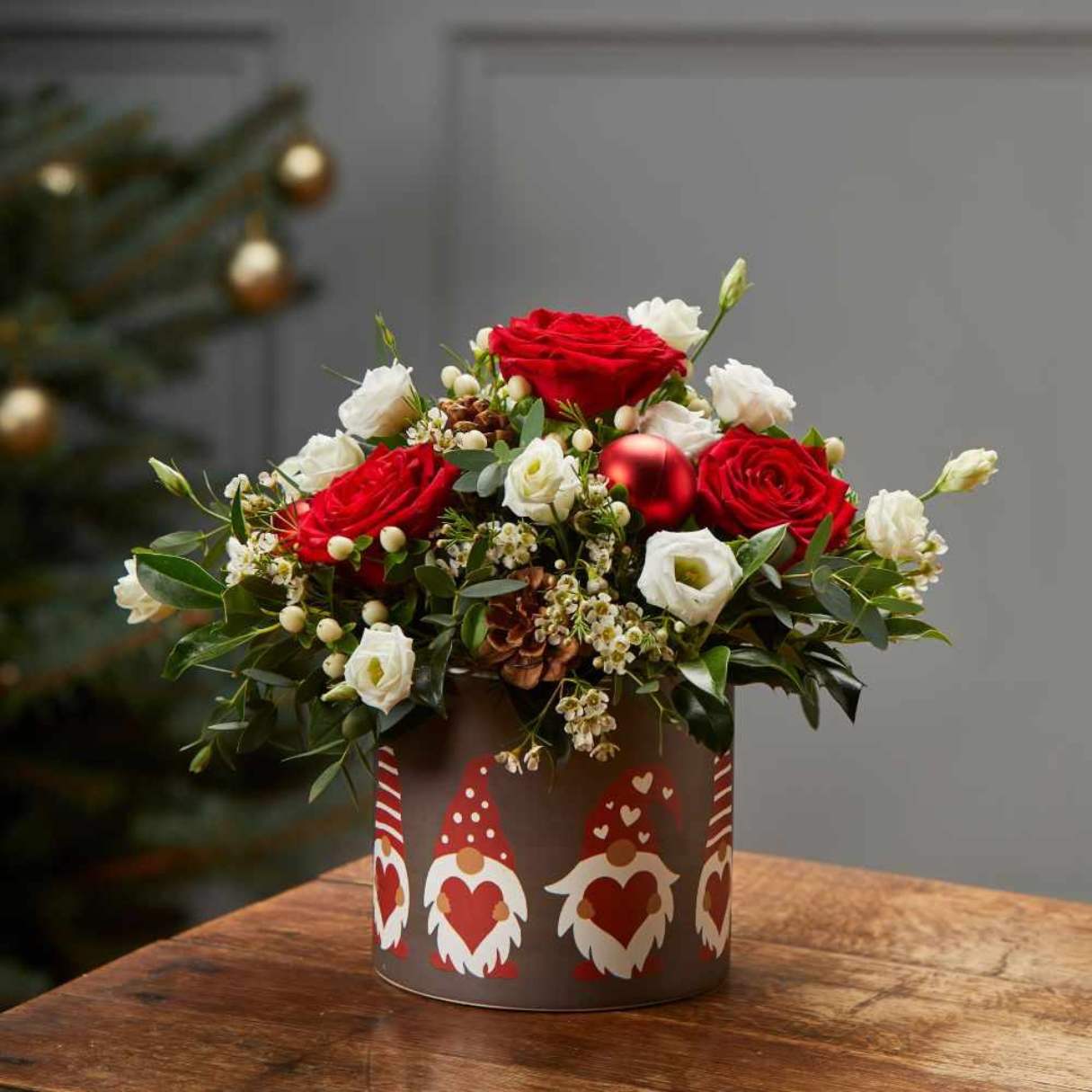
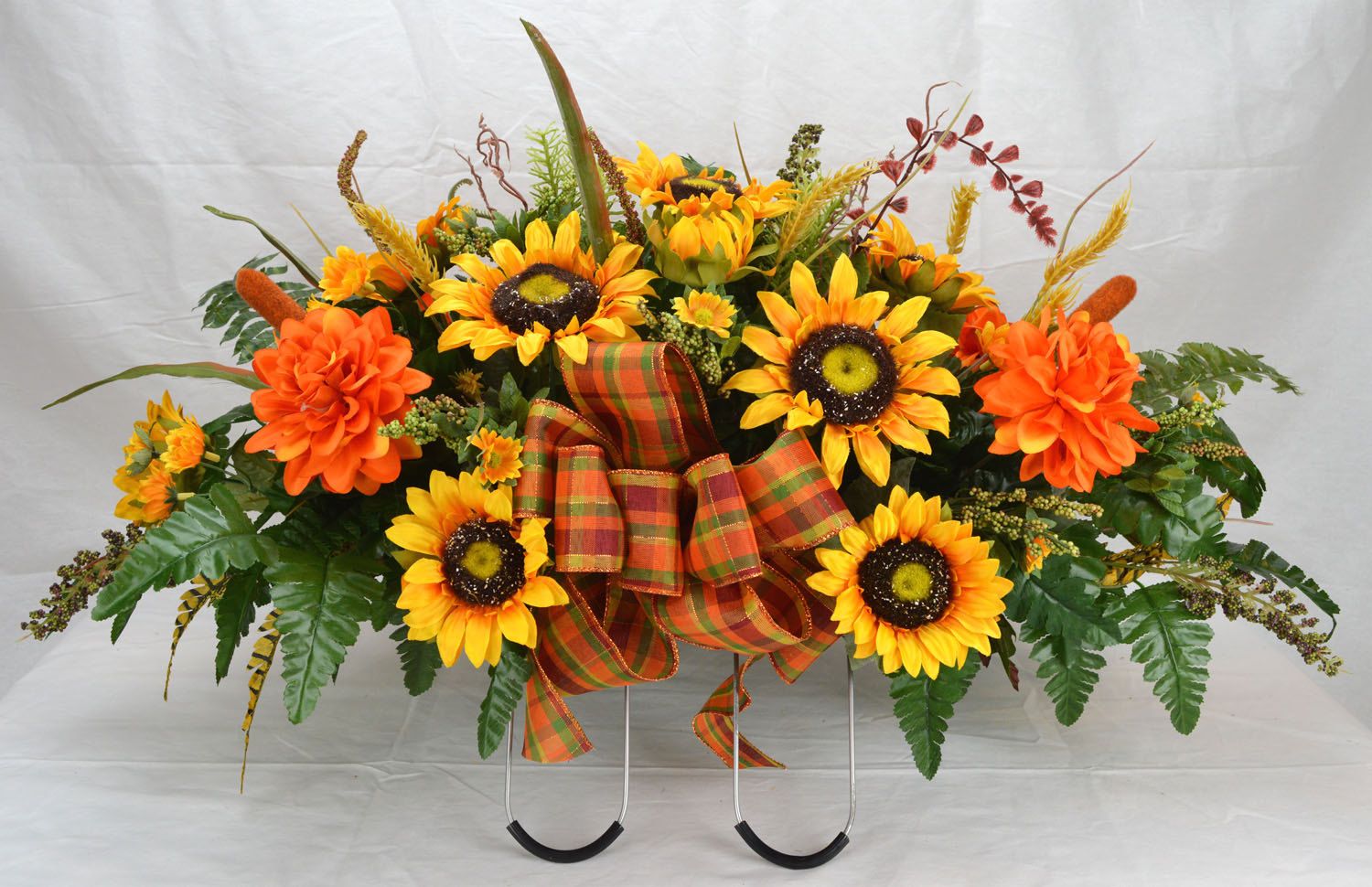
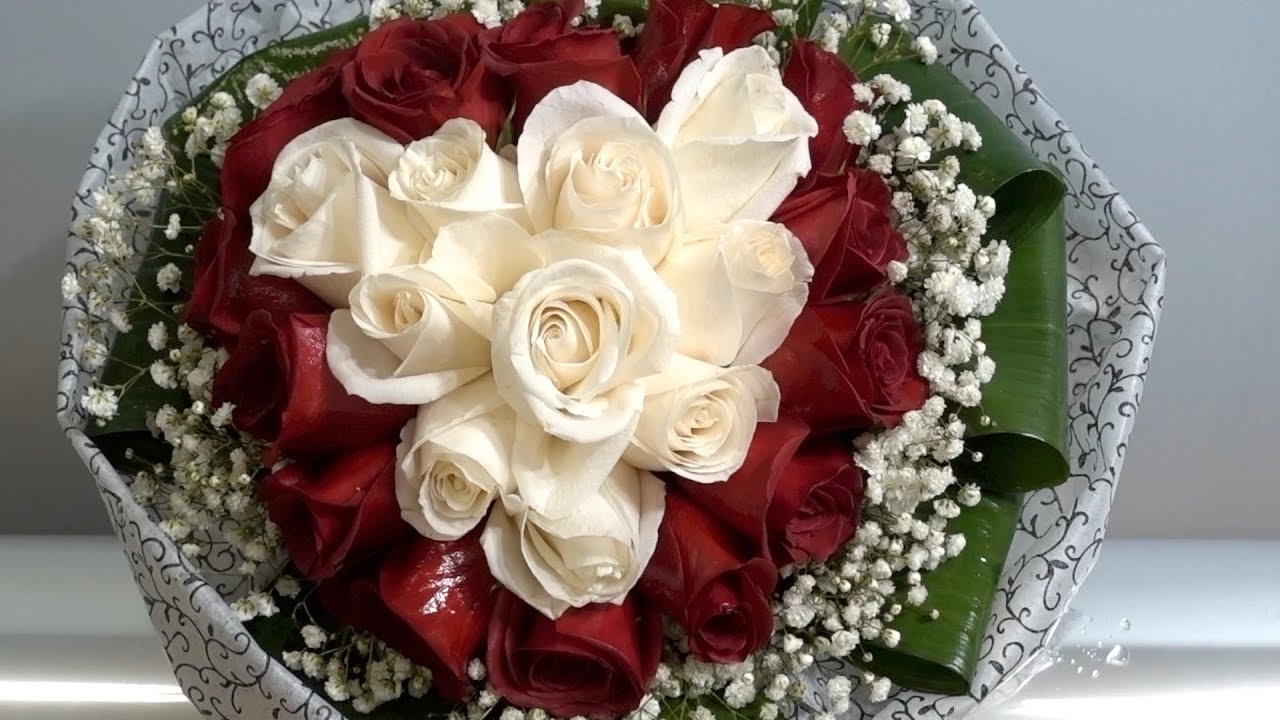
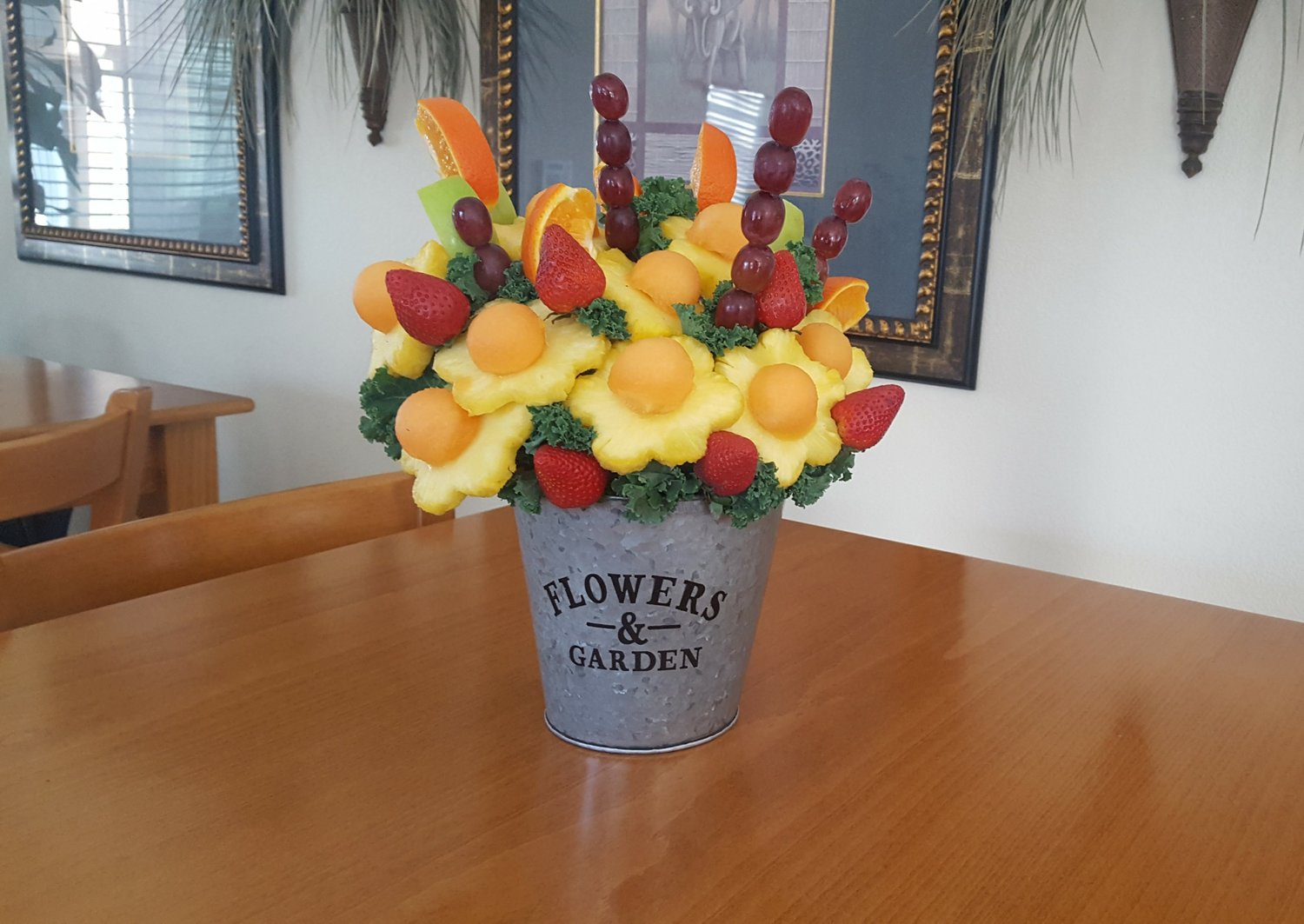

0 thoughts on “How To Make Large Floral Arrangements”